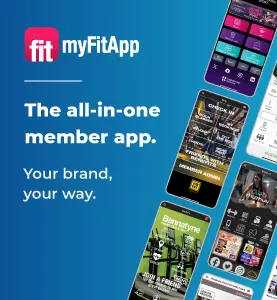You’ve designed suits to simulate the physical limitations of old age and osteoarthritis. Tell us more
Ergonomics is concerned with improving the safety, comfort, ease and reliability of people’s interactions. We can think of this in terms of four Ps: improving how People interact with Products/services in given Places (environments) following Procedures (formal/informal ways of use).
Loughborough is the only UK university to offer ergonomics at both undergraduate and postgraduate levels, and in 1994 the Ford Motor Company approached us. It had recognised that an ageing population was going to lead to a higher number of older drivers; it wanted its young designers to be more aware of the physical challenges faced by these drivers, in a bid to change the way they designed. We developed The Third Age Suit – a three-dimensional, full-body wearable simulation that allowed the young designers to experience some of the impacts of ageing for themselves.
In 2006, NAPP Pharmaceuticals then commissioned the whole-body simulation of osteoarthritis to raise awareness and improve understanding of this prevalent and often debilitating condition. In 2011, Stannah Stairlifts purchased The Osteoarthritis Suit for use by its design/engineering teams worldwide, to improve its product designs in the same way Ford had. The suit was also used in NHS staff training to give an insight into what it can be like to be an older patient.
How do the suits work?
For a given health condition, research is undertaken to find out more about it. This can be drawn from literature, medical/health professionals and those who have the condition. Based on this data, the requirements of the simulation can then be developed and integrated into the suit. For The Third Age Suit, this included reducing mobility, tactile sensitivity and some aspects of vision.
In terms of possible uses for the suits, workplace design is an obvious area, as are public transport, leisure facilities, shops and shopping centres, restaurants… Really anywhere an element of ‘walking in my shoes’ will help convey a message.
How might health clubs use this simulation technology?
Wearable simulations could help health clubs and leisure centres understand how accessible their facilities are for older users. How easy is it for them to walk into the facility, move around it, get onto equipment? Are the floor surfaces suitable for those who might be at greater risk of a fall?
The challenge with older people is getting them to the gym in the first place, as many view it as ‘not for them’. You don’t want moving around the facility once they’re there to be a challenge too, otherwise it will put them off returning.
The suit can’t give a full picture of an older user’s experience in a gym. It can’t simulate muscle strength – you can’t get on a piece of equipment and see what it feels like for an older user – and it obviously can’t offer any insight into the psychological factors that might act as a barrier to older people wanting to join a health club.
However, accessibility is a big issue for health clubs – the IFI is already doing a lot of work in the fitness sector to make gym equipment accessible to all users, including disabled people. Older people can have similar physical limitations, and wearable simulations can help you better appreciate those limitations.
























































